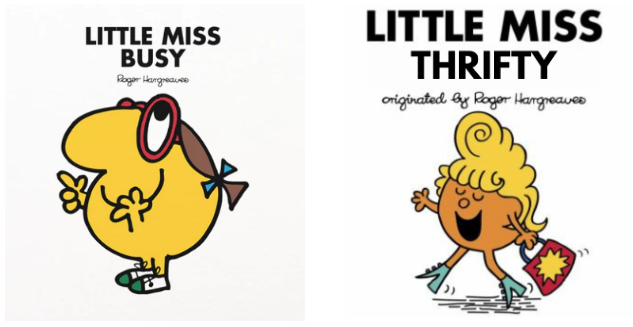Price discrimination
| Activity: Read the following Twitter thread (also available here). |
| Activity: Complete the India Worksheet, April 2019 or complete this India Quiz |
| Lecture handout: India DB* |
Textbook Reading: Chapter 1 (Section 1.3; pp. 30-38) and Chapter 4 (Section 4.3; pp. 112-122)
The main concepts from this session – elasticity and price discrimination – lend themselves beautifully to practical implications. A nice application is an identification of the price, income, and cross price elasticities of various products. That said, I think it’s easy to misuse these concepts. Cross price elasticity is in part captured already in price elasticity (since a chief determinant of price elasticity is the availability of substitutes) and there can be an unfortunate tendency to use income elasticity labels inappropriately. I do not believe in any inherent distinction between “necessities” and “luxuries” – as Mary Douglas said, “there will always be luxuries, for rank must be marked” 1979 [1996] p.85). Income elasticities are better assigned to social groups, rather than the goods themselves.
| Activity: Elasticity Assignment (30 points!) |
Here’s a nice example of price discrimination:

The reason I think indirect price discrimination is such an under appreciated force for good in the world is because it often involves rich people subsidising poor. As this tweet recognises:

I use Mr Busy and Mr Savvy as examples rather than the female versions because I find the “Little Miss” designation to imply subservience. Also, there isn’t a direct equivalent for both. Although there is a Little Miss Busy (even though the picture is not as evocative of busyness as Mr Busy) there is no Little Miss Savvy. There is a Mrs Thrifty, which works well, but she only appears as a minor character (as the wife of Mr Thrifty).and doesn’t look very thrifty. There is an alternative, and obviously fake “Little Miss Thrifty” (pictured) but she doesn’t look thrifty either. Liking shopping is probably the opposite of thriftyness! That’s why I stick with the men.

The following is a great resource on price discrimination
- Audio: “The death of the single price?” Moneybox
How price discrimination relates to airlines, see:
In March 2024 Legoland announced that they would adopt a surge pricing model. They should have announced a model of “heavy discounts for off-peak times”, because that is the same thing, but surge pricing seems to be the (unpopular) term.
Also see this video on the concept of bundling:
And the concept of tying (from Alex Tabarrok):

| Group activity: Wembley Stadium, July 2012 |
| Learning Objectives: Understand different techniques for price differentiation. See the relationship between revenue and elasticity
Cutting edge theory: The case includes a discussion of PWYW pricing models Focus on diversity: The case is set in India |